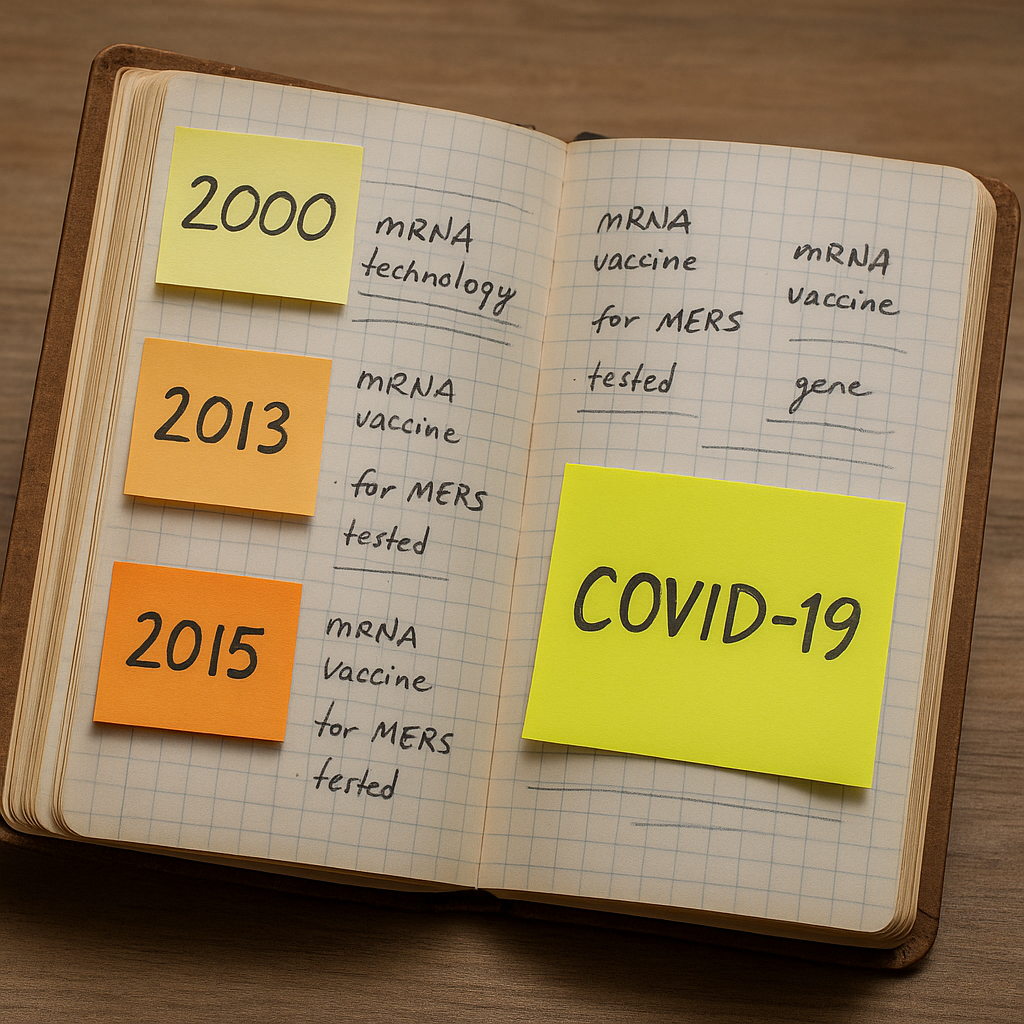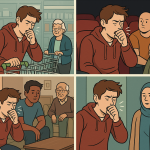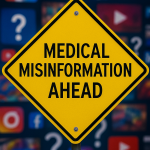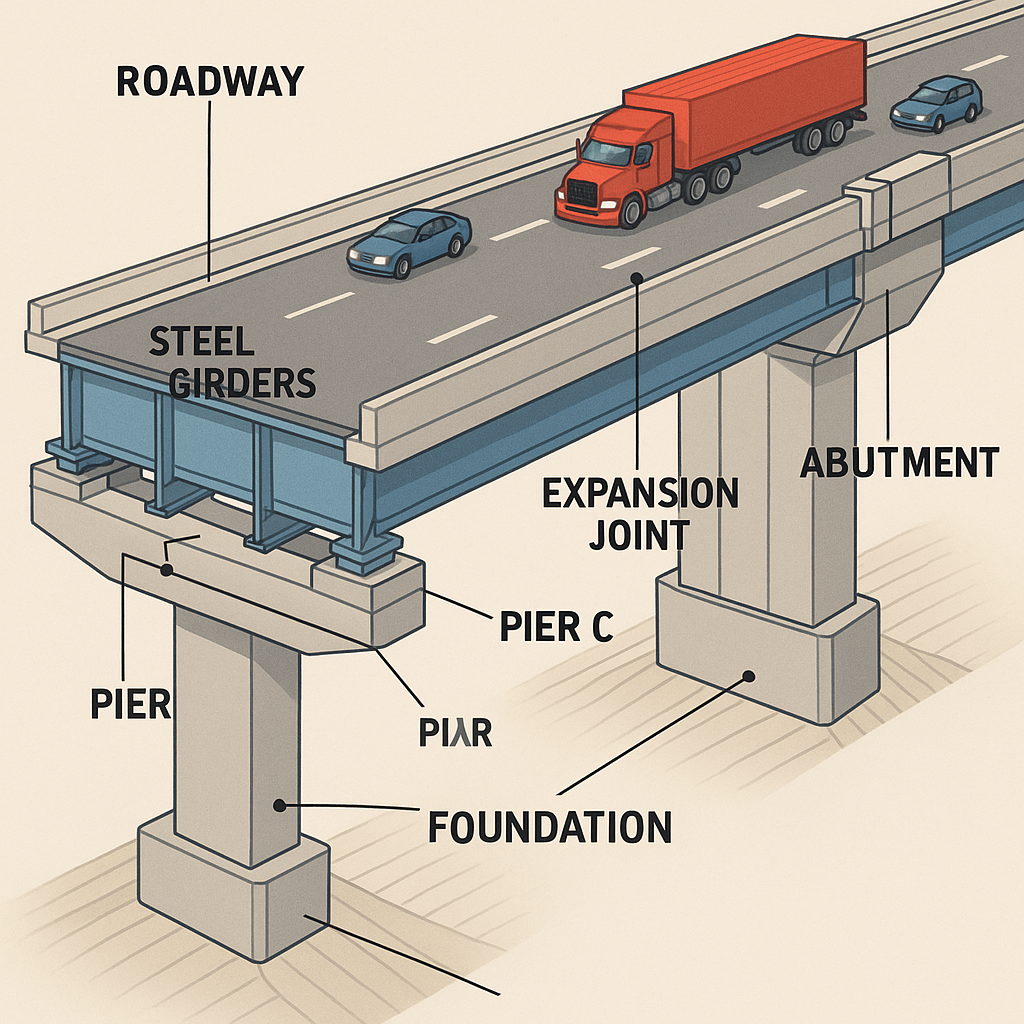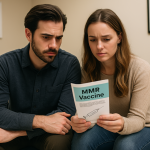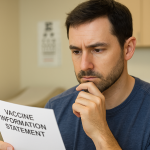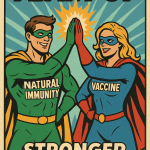This wasn’t a moonshot. It was the moon landing after decades of building rockets.
Let’s be honest.
If you’re one of the millions of people who got vaccinated but still thought, “That seemed… fast,” you’re not alone.
You’re not crazy. You’re not anti-science. You’re not even wrong to ask the question.
It did look fast.
Because the part you saw was fast.
What you didn’t see — what most people didn’t see — was everything that came before.
The years. The groundwork. The slow, boring, brilliant science that set this whole thing up.
So let’s rewind the tape.
When the World Pressed “Fast Forward”
Think about how long it usually takes for new things to show up in medicine. A new drug for migraines? Ten years. A treatment for a rare cancer? Maybe more.
And then suddenly, along came a brand-new virus, and within 11 months of the world hearing the term “COVID-19,” we had a vaccine in our arms.
That’s not just fast — that’s movie montage fast.
So yeah, people were skeptical. Maybe you were too.
Maybe you wondered:
“How do we know it’s safe if it was made so quickly?”
“What if they skipped steps?”
“Did we all become test subjects without realizing it?”
Here’s the good news:
They didn’t skip steps.
They skipped red tape.
And they were able to do that because this wasn’t a cold start. This was the final chapter of a book scientists had been writing for two decades.
The 20-Year ‘Overnight’ Success
Here’s what didn’t make headlines in 2013:
- Scientists successfully used mRNA to make a vaccine in mice.
- Researchers began targeting viruses like Zika and MERS with early versions of the same platform used for COVID.
- Labs around the world worked quietly on how to safely deliver mRNA to human cells without the immune system tearing it apart.
It wasn’t sexy. There were no TV crews. Just people in lab coats, funded by grants, inching science forward.
Then, in January 2020, Chinese scientists uploaded the full genetic code of SARS-CoV-2 — and scientists at Moderna and Pfizer already had the tools to plug that code into an mRNA framework they had been refining for years.
It wasn’t a mad dash.
It was more like finding the right key for a lock they’d been building since the early 2000s.
Why It Felt So Fast (But Wasn’t Reckless)
So what made this vaccine timeline feel so different?
1. The whole world was watching.
Most vaccines develop in the background. You don’t notice the years of testing for a new HPV shot because… well, no one talks about it at brunch.
COVID was different. Every step was front-page news.
2. Everything happened at once.
Usually, vaccine trials happen in phases — Phase 1 finishes, then Phase 2 starts, and so on. For COVID, researchers ran trials in parallel, not because they were being reckless, but because governments pre-funded them to move fast if the early data looked good.
3. They started manufacturing before they got approval.
In a normal year, a company would wait to get FDA approval before spending hundreds of millions to build factories. Not in 2020. Governments took on that financial risk, which shaved months off the timeline.
None of that meant skipping safety checks. It meant removing delays that had nothing to do with science — and everything to do with money and logistics.
“But I Just Don’t Trust Something That New…”
That’s fair. But the truth is, mRNA vaccines weren’t really new.
They were new to the public, but not new to researchers.
And since their rollout, they’ve been studied more intensely than almost any medical product in history. We’re talking billions of doses, real-world monitoring, and safety systems tracking every possible side effect.
If something were going to go wrong, we’d know by now. This isn’t a TikTok trend — it’s one of the most thoroughly vetted interventions modern science has ever delivered.
Imagine If This Had Been Slower
Sometimes, people say, “I would’ve felt more comfortable if it took five years.”
But what would’ve happened in those five years?
Millions more lives lost.
Hospitals overwhelmed.
Long COVID in people who might have been spared.
We had the science. We had the tools. We had a fire raging — and a hose that was finally ready.
When you have the ability to save lives, waiting to make people feel more comfortable isn’t ethical. It’s just delay.
Fast Doesn’t Mean Sloppy. It Means Prepared.
The COVID vaccine wasn’t a miracle whipped up overnight.
It was the result of decades of scientific trial, error, persistence, and progress — finally given the funding and urgency it always deserved.
So no, you weren’t wrong to ask questions.
But now you have the rest of the story.
This wasn’t a rushed job.
It was a rescue mission — carried out with the kind of speed that only happens when the whole world decides that saving lives is worth doing right now.
If this helped shift your thinking, send it to someone who might still be wondering. A little understanding goes a long way.
Last Updated on June 27, 2025

